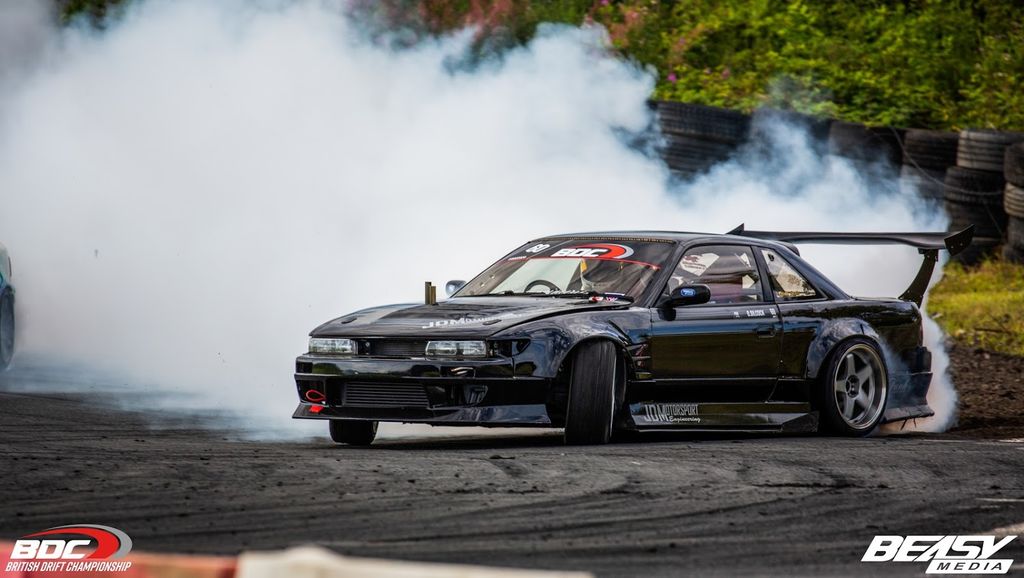To drift, at low level, there's not a lot you need: a rear-wheel-drive car, either a welded diff, or an LSD, a bucket seat and a working handbrake. And soon you'll then find your limits. It’s important not to over-engineer things until you’re able to drive them to your limit. So, start in something low-powered, fairly basic, and have fun. It’s a great motorsport to get into. Then, as you progress, you start to look at higher power, super-grippy semi-slick tyres, and suspension modifications such as increased steering angle. That allows you to push the envelope further and further and getting into pro-level builds.














